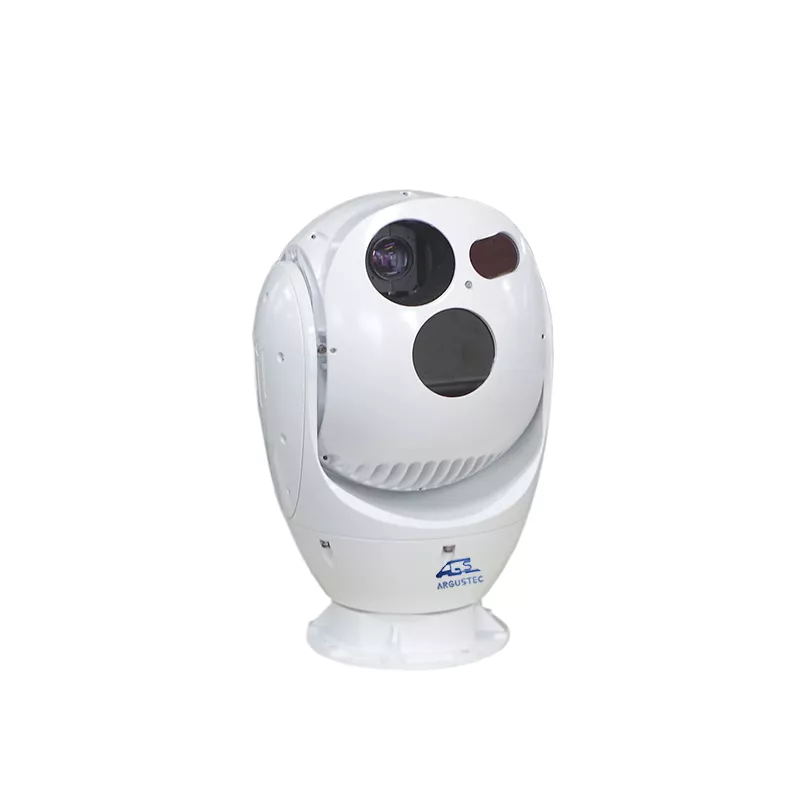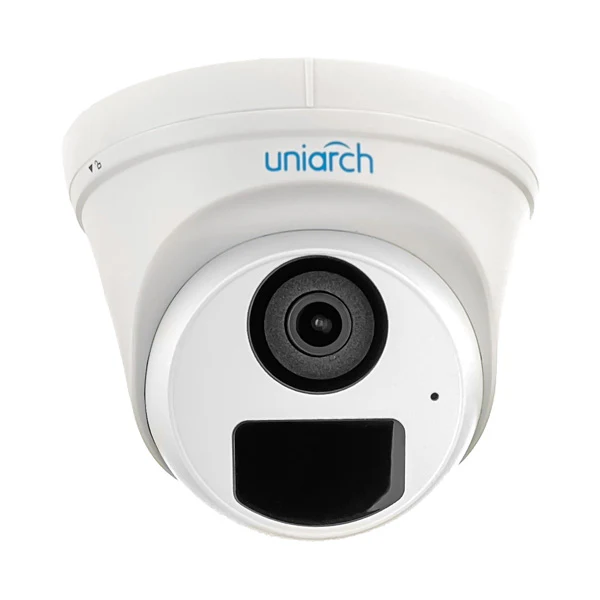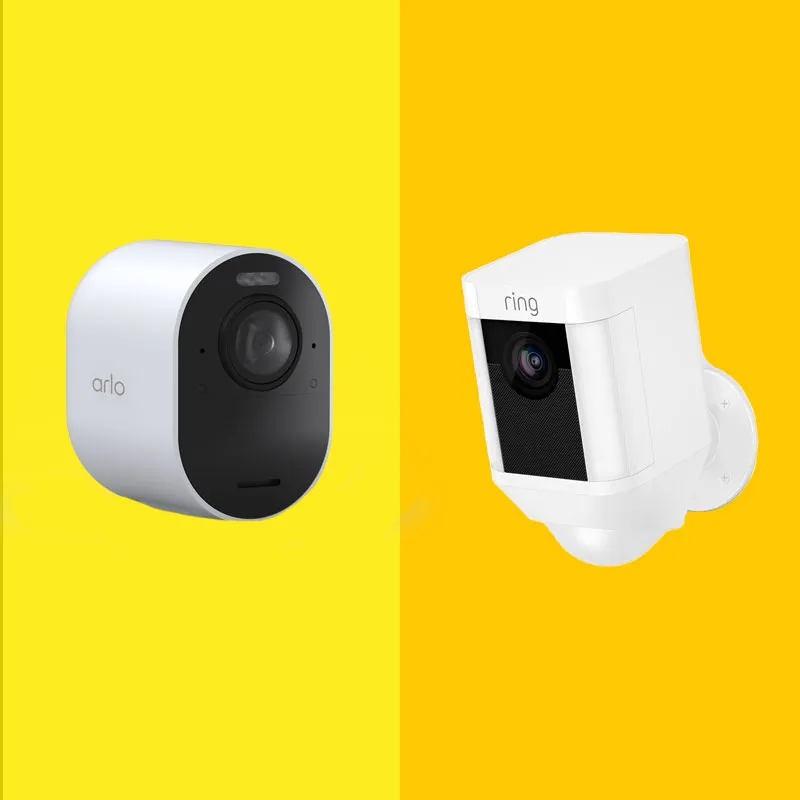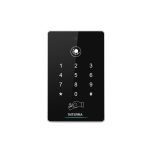I. Introduction
How to get video surveillance thrown out of court?
a. Importance of Video Surveillance Evidence in Court Cases
Video surveillance evidence has revolutionized the way legal proceedings are conducted, as it provides an unbiased account of events that can be crucial in determining the truth. In criminal cases, video footage can capture crucial details such as the perpetrator’s appearance, actions, and interactions with the victim. In personal injury lawsuits, video surveillance can provide evidence of the incident in question, such as a slip and fall or car accident, which can substantiate a plaintiff’s claim.
b. The Potential Impact of Getting Video Surveillance Thrown Out of Court
The potential impact of getting video surveillance thrown out of court cannot be underestimated, as it can significantly weaken a party’s case. Without video evidence, a plaintiff may struggle to prove their claims, while a defendant may lack crucial evidence to challenge the allegations against them. In criminal cases, the exclusion of video surveillance evidence can make it challenging for the prosecution to prove their case beyond a reasonable doubt. In civil cases, the absence of video evidence can weaken a plaintiff’s claim or make it difficult for a defendant to defend themselves. As a result, disputing the authenticity of video surveillance evidence has become a key strategy in legal proceedings.
II. Disputing the Authenticity of the Video
a. Questioning the Chain of Custody of the Video Evidence
When disputing the authenticity of video surveillance evidence, one common strategy is to question the chain of custody of the video. The chain of custody refers to the chronological documentation of the handling of the video evidence, from the moment it was captured to its presentation in court. By scrutinizing the chain of custody, the opposing party can raise doubts about the integrity and reliability of the video, potentially leading to its exclusion from the case.
b. Identifying Any Potential Tampering or Editing of the Video
In addition to questioning the chain of custody, disputing the authenticity of video surveillance evidence often involves identifying any potential tampering or editing of the video. With the advancement of technology, manipulating video footage has become increasingly sophisticated, making it crucial to scrutinize the video for any signs of tampering or editing. This can include analyzing the timestamp, frame-by-frame analysis for inconsistencies, and examining the video’s metadata for any alterations. Moreover, the use of forensic video analysis, such as image enhancement and authentication techniques, can help uncover any potential manipulation of the video evidence.
c. Presenting Expert Testimony to Challenge the Authenticity of the Video
To bolster the dispute of video surveillance evidence, presenting expert testimony is another effective strategy. Forensic video experts can offer their professional opinion on the authenticity of the video, using their expertise to identify any signs of tampering or editing. Their testimony can carry significant weight in court, especially when backed by scientific analysis and methodologies. By presenting expert testimony, the disputing party can strengthen their argument and raise doubts about the reliability of the video surveillance evidence, potentially leading to its exclusion from the case.
III. Challenging the Admissibility of the Video
a. Examining Whether the Video was Legal

One strategy for disputing the admissibility of video surveillance evidence is to examine whether the video was legal. In many jurisdictions, there are specific laws and regulations governing the use of video surveillance, particularly in areas where privacy is a concern. By scrutinizing the circumstances under which the video was captured, the opposing party can raise objections to its admissibility and potentially have it excluded from the case.
b. Identifying Any Violations of Privacy or Consent Issues
Another common tactic for challenging the admissibility of video surveillance evidence is to identify any violations of privacy or consent issues. This is particularly relevant in cases where the video footage was captured in private settings, such as inside homes or private businesses. If the video was obtained without the consent of individuals who are being recorded, or if it infringes upon their reasonable expectation of privacy, it may be deemed inadmissible in court. By highlighting these privacy concerns, the opposing party can argue against the admissibility of the video evidence.
c. Arguing Against the Relevance or Reliability of the Video Evidence
In addition to legal and privacy considerations, disputing the admissibility of video surveillance evidence involves arguing against its relevance or reliability. This can include questioning whether the video is pertinent to the case at hand, or whether it accurately captures the events in question. Similarly, if there are doubts about the accuracy or reliability of the video, such as issues with its quality or potential tampering, the opposing party can contest its admissibility on these grounds.
IV. Demonstrating Unreliability of the Video
When disputing the authenticity of video surveillance evidence, another key strategy is to demonstrate its unreliability. This involves highlighting limitations or flaws in the video quality, presenting evidence to dispute its accuracy, and questioning the context and perspective of the video.
a. Highlighting the Limitations or Flaws in the Video Quality
One approach to demonstrating the unreliability of video surveillance evidence is to highlight the limitations or flaws in the video quality. This can include issues such as low resolution, poor lighting, or distorted images, which can impact the clarity and accuracy of the video. By emphasizing these limitations, the opposing party can raise doubts about the reliability of the video and its ability to accurately capture the events in question.
b. Presenting Evidence to Dispute the Accuracy of the Video

In addition to highlighting limitations in the video quality, disputing the authenticity of video surveillance evidence involves presenting evidence to dispute its accuracy. This can involve employing technical experts to conduct analyses of the video, such as forensic video enhancement or authentication, to identify any discrepancies or inconsistencies. By presenting compelling evidence to challenge the accuracy of the video, the disputing party can cast doubt on its reliability and credibility.
c. Questioning the Context and Perspective of the Video
Finally, disputing the authenticity of video surveillance evidence entails questioning the context and perspective of the video. By raising questions about the context and perspective of the video, the opposing party can challenge its ability to fully capture the events in question, further undermining its reliability as evidence.
V. Emphasizing Alternative Evidence
a. Presenting witnesses or other physical evidence that contradicts the video
In cases where the authenticity and reliability of video evidence are being disputed, it becomes crucial to emphasize the existence of alternative evidence that contradicts the video. This could involve presenting eyewitness testimony, physical evidence, or other forms of documentation that provide a different perspective or account of the events in question. By highlighting contradictory evidence, it becomes possible to raise doubts about the accuracy and completeness of the video evidence.
b. Establishing the credibility of alternative forms of evidence
In emphasizing alternative evidence, it is essential to establish the credibility and reliability of these alternative forms of evidence. This may involve presenting expert testimony, corroborating accounts, or physical evidence that can independently verify the events in question. By demonstrating the credibility of alternative evidence, it becomes possible to show that the exclusion of the video would not unduly prejudice the case or impair the pursuit of justice.
c. Illustrating the potential impact of excluding the video on the overall case
Finally, it is important to illustrate the potential impact of excluding the video on the overall case. This could involve demonstrating the significance of alternative evidence, highlighting the completeness of the case without the video, and showcasing the fairness and equity of the legal proceedings even in the absence of video surveillance evidence. By illustrating the potential impact of excluding the video, it becomes possible to mitigate the perceived loss of evidentiary value and maintain the integrity of the legal process.
In conclusion, video surveillance evidence plays a pivotal role in court cases, providing crucial visual documentation that can significantly impact the outcome of legal proceedings. However, challenges to the authenticity of video evidence can have a notable impact on its admissibility, potentially affecting the strength of a party’s case. By understanding the methods for disputing the authenticity of video surveillance evidence and the potential impact of such disputes, legal practitioners can better navigate the complexities of presenting and challenging video evidence in court. Overall, understanding the importance of video surveillance evidence and the potential challenges to its authenticity is essential for effectively advocating for or against its admissibility in court cases.



